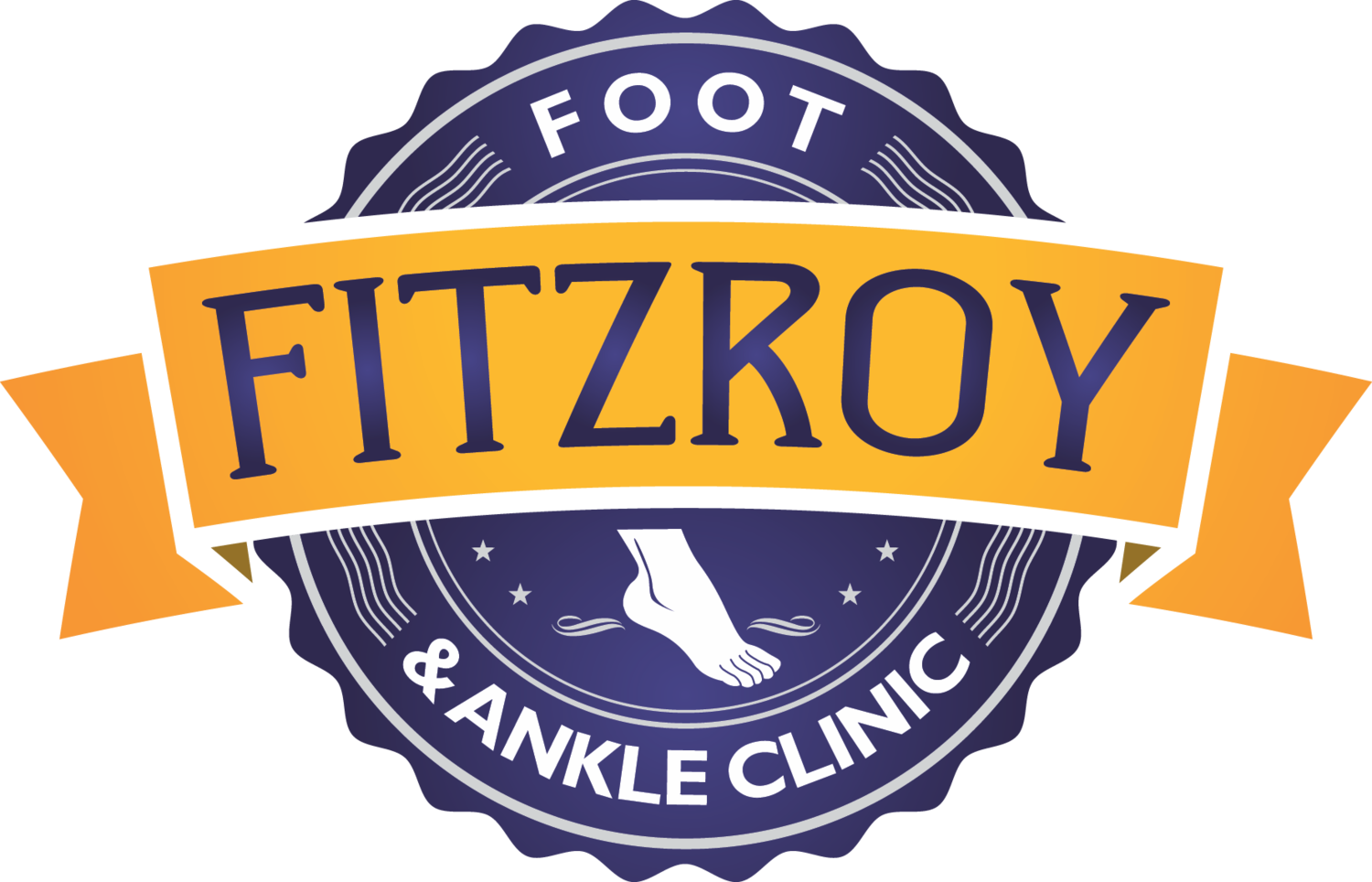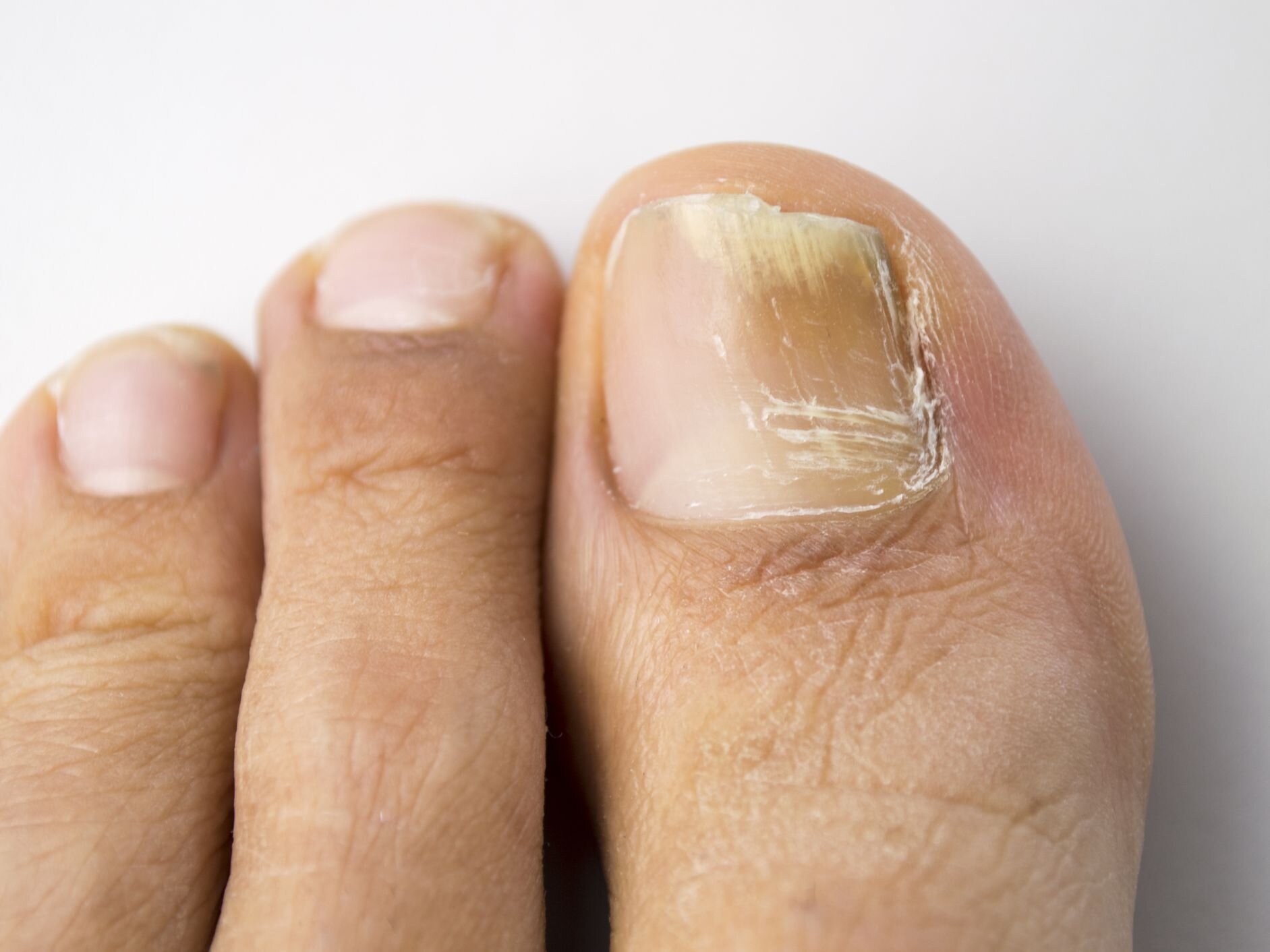Nail fungus is another common foot problem that first appears as a white or yellow discolouration at the end of the nail. Typically, nail fungus occurs when there has been damage to the toenail. As the nail fungus becomes worse, the discolouration may spread to more of the nail. Over time, the fungal infection can cause the nail to thicken.
You can take care of an infected fungal toenail yourself. Treatment for nail fungus may not be necessary, especially when it does not cause pain or discomfort. But, if it is painful, going to a nail fungus treatment clinic near you will help. Going to a doctor or a podiatrist is still the best, especially when you have diabetes or other foot conditions.
causes of nail fungus
A person can get infected with toe problems caused by a fungus that spreads under the nail. Here are some of the causes of nail fungus that could lead to an infected toe.
Moulds and yeasts
Spreading of skin infection to the nail
Walking barefoot in public
Walking barefoot in warm and moist areas
nail fungus Treatment
Early treatment of nail fungus is beneficial as it prevents damage to the nail. It also reduces pain and discomfort and helps with the infected toe’s appearance. However, an infected toe caused by nail fungus can be challenging to treat. The nail fungus can also come back after the treatment.
If you are looking for nail fungus treatment near you, here are some options your podiatrist may discuss with you.
1) nail reduction
An important treatment for nail fungus is nail reduction. This treatment can remove the nail fungus from the toe nail, which will allow other treatments to be effective. This is a painless procedure that involves the podiatrist removing the parts of the toenail that have been infected with nail fungus.
2) Topical antifungal treatment
Topical treatments are most effective for nail fungus if the infection has not caused the nail to become thickened. For nails that have become thickened, the medication may not be able to penetrate the nail to effectively treat the infected toe. There are several topical antifungal medicines available, and each option has some positives and negatives. Your podiatrist can discuss these with you to determine the best option.
3) Oral antifungal treatment
Typically, oral nail fungus treatments are recommendable for people whose infections are more extensive. However, oral nail fungus treatment can be an excellent treatment option depending on your goals. Usually, oral treatment for a toe infected with nail fungus involves one pill taken daily for 12 weeks. Discussing this treatment option with your podiatrist and GP will determine if this is a good treatment choice for you.
4) laser treatment
Another infected toe treatment option is laser treatment. This is a new type of therapy that is safe, however, there is unclear evidence about whether it is effective. This treatment option is usually painless, and it can be a good choice for those who have tried most other treatments for nail fungus or those in whom these treatments may be contraindicated.
5) Nail removal
If the treatments above do not work, nail removal is the final option. The nail can be removed using different approaches, such as surgery or using chemicals. If you are asking, “Is there nail fungus treatment near me?” contact us to help your infected toe get treated.


